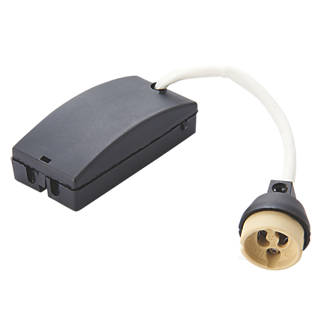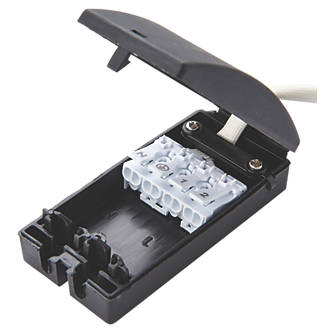- Joined
- 28 Nov 2019
- Messages
- 97
- Reaction score
- 0
- Country


Hi all.
An electrician came and stated that the inner live and neutral cables should not be seen and they should be covered by either the outside grey cover, or the black box.
There is not enough space for the thickness of all cables. Is this a design flaw from the manufacturer? Also, there is nowhere built in to the black box for the earth cables to connect (they are currently simply cut off), are the earth cables supposed to be taped to the metal bar at the back? What's that for? Thanks.







